Poliovirus Containment Policy
U.S. National Authority for Containment of Poliovirus (NAC) policies and guidance outline containment requirements for poliovirus-essential facility (PEF) programs to possess wild type poliovirus (WPV), vaccine-derived poliovirus (VDPV), and oral polio vaccine (OPV) infectious (IM) and potentially infectious (PIM) materials.
The U.S. NAC partners with biosafety, emergency response, occupational health, security, and poliovirus subject matter experts to create policies that balance PEF work practices with containment requirements. U.S. NAC policies are based on WHO’s Global Action Plan, 3rd Edition (GAPIII) as well as all applicable U.S. regulations and guidance.
Each PEF should regularly check this page to identify applicable policies and to access new documents. The U.S. NAC is updating its policies and guidelines to align with the WHO Global Action Plan, 4th Edition (GAPIV).
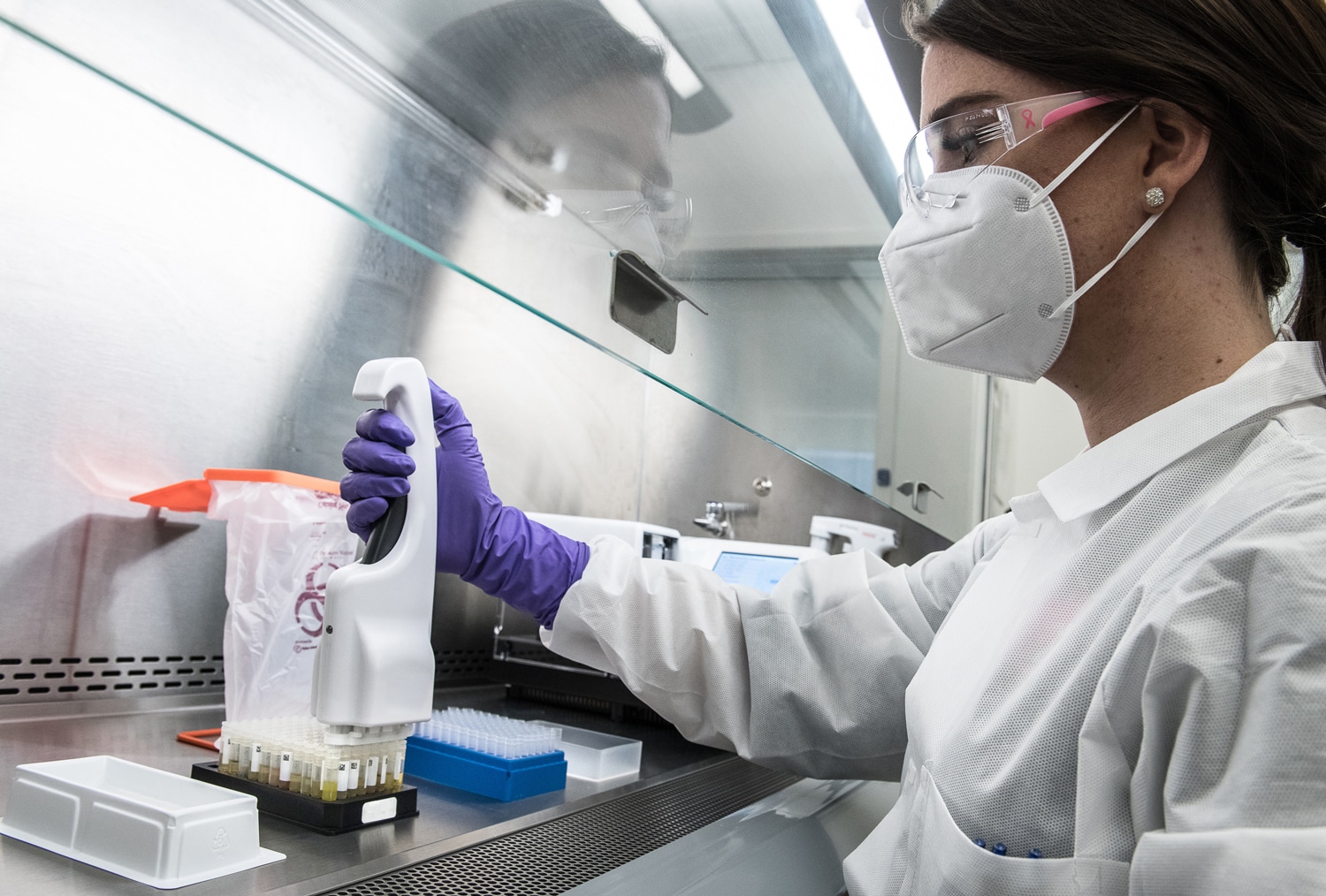
This policy applies to all wild poliovirus type 1 U.S. facilities that possess or are in pursuit of a CP.
- To assist PEFs with the transition to GAPIV, the U.S. NAC created Risk Mitigation Strategies for In Vitro and In Vivo Work with Poliovirus Infectious Materials [PDF – 573 KB]. The publication outlines containment measures that can be implemented in BSL2 laboratories. The measures address biosafety, decontamination and waste disposal, emergency response, immunizations, personal protective equipment (PPE), and security.
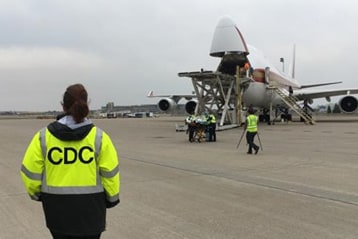
This policy applies to all U.S. facilities that possess poliovirus materials, eradicated and non-eradicated, infectious materials, potentially infectious materials, and nucleic acids.
- The U.S. NAC Policy for U.S. Facilities to Transfer Poliovirus Materials [PDF – 539 KB] states that if any facility in the U.S. has poliovirus materials, whether eradicated or not, they need to inform U.S. authorities before transferring them.
- U.S. facilities must follow all rules about how to ship and pack these materials. They must also follow all applicable local, state, national, and international laws, and requirements.
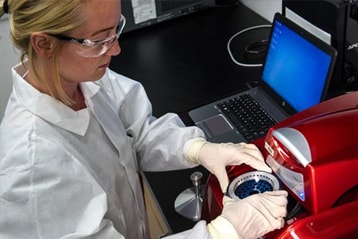
This policy applies to all U.S. facilities that possess or are in pursuit of a CP or ICC.
- The U.S. NAC Policy for U.S. facilities to Store Poliovirus Materials Outside of WHO GAPIII Containment [PDF – 607 KB] describes safety measures for different types of materials. Specifically, it describes how to store and transport materials outside of the poliovirus containment perimeter.
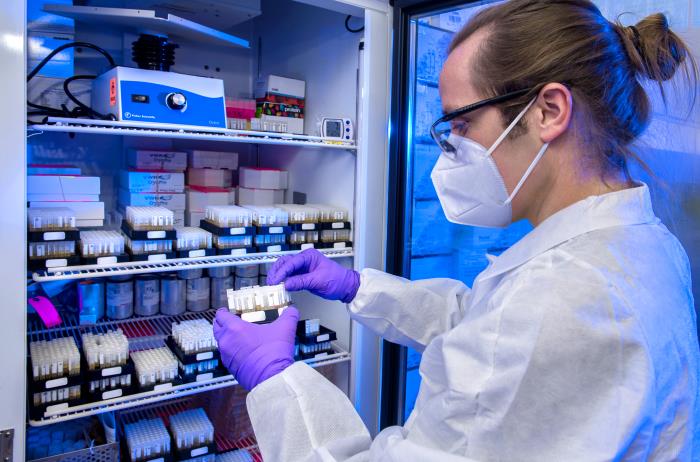
This policy applies to all U.S. facilities that possess or are in pursuit of a CP or ICC.
- The U.S. NAC Policy for U.S. Poliovirus-Essential Facilities to Manage Inventory [PDF – 583 KB], requires all U.S. facilities to:
- Set up a system to keep track of their poliovirus inventory.
- Keep records with details about poliovirus IM and PIM.
- Use monitoring and control measures to make sure the materials are kept safe in the facility.
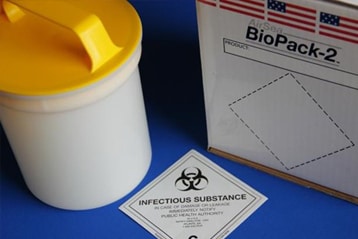
This policy applies to U.S. facilities that possess IM and PIM.
- The U.S. NAC Policy for U.S. Facilities to Inactivate Poliovirus Materials [PDF – 556 KB] requires U.S. facilities to establish and maintain procedures on how to inactivate all poliovirus materials for future use (i.e., laboratory testing). The inactivation procedures must be validated and shown to be effective against poliovirus.
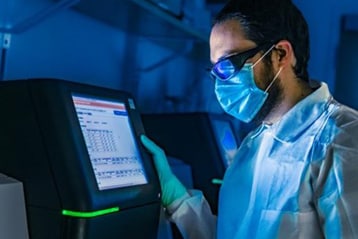
This policy applies to U.S. PEFs that will apply for an ICC.
- The U.S. NAC Policy for U.S. Poliovirus-Essential Facilities to Control Security of Poliovirus Materials and Information [PDF – 561 KB] requires PEFs to take steps to keep poliovirus materials (like cultures, specimens, or samples) and sensitive information safe. The goal is to reduce the chances of someone stealing, losing, or accidently letting out poliovirus materials or information.
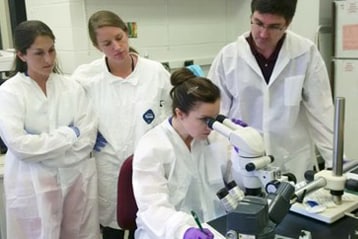
This policy applies to U.S. facilities that possess or are in pursuit of a CP or ICC.
- The U.S. NAC Policy for Shared Use of U.S. Poliovirus-Essential Facilities [PDF – 618 KB] outlines biosafety and security requirements for facilities that share poliovirus containment areas because they are unable to dedicate laboratory space to poliovirus.
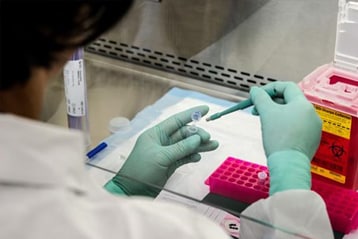
This policy applies to U.S. facilities seeking an ICC.
- The U.S. NAC Policy for Poliovirus Facilities to Manage Biorisk Based on Risk Assessment [PDF – 752 KB], describes how U.S. PEFs can establish and implement a biorisk management and risk assessment system. This includes strategies such as developing policies, committees, and roles and responsibilities to help identify establish measures to lower the chances of exposing workers to poliovirus and releasing poliovirus into the environment.
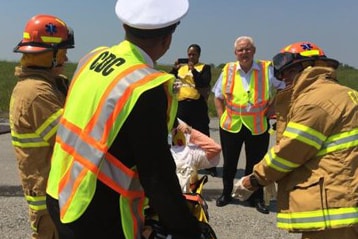
This policy applies to U.S. facilities in pursuit of an ICC.
- The U.S. NAC Policy for Emergency Response and Exposure Management Plans at U.S. Poliovirus-Essential Facilities [PDF – 670 KB] requires PEFs to create, implement, and maintain plans for responding to emergencies. This includes natural disasters and containment breaches. The plans should also cover what to do if someone is infected by or exposed to poliovirus.
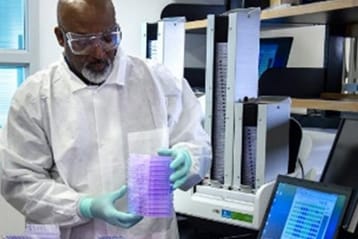
This guidance applies to all U.S. laboratory facilities possessing wild (WPV), vaccine-derived (VDPV), and/or oral polio vaccine (OPV) PIM.
- The U.S. NAC Interim Guidance for U.S. Laboratory Facilities to Store and Work with Poliovirus Potentially Infectious Materials [PDF – 686 KB] describes how to safely and securely store and handle PIM. The guidance addresses PPE, limited access to materials, decontamination, and waste disposal.
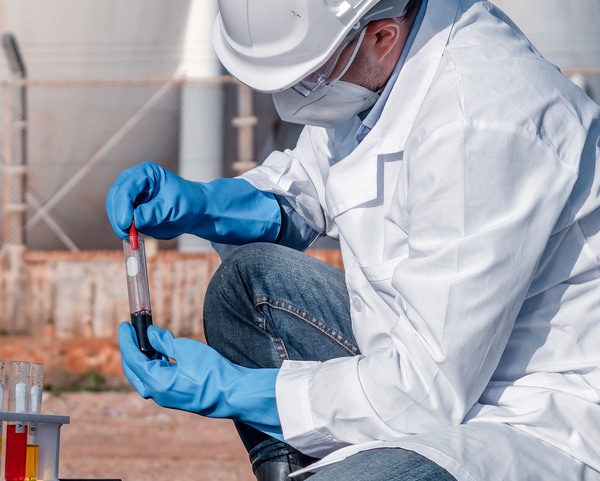
This guidance applies to all U.S. non-laboratory facilities possessing WPV/VDPV and OPV PIM.
- The U.S. NAC Interim Guidance for U.S. Non-Laboratories that Collect, Handle, Store, and Transport Potentially Infectious Materials [PDF – 544 KB],
- provides guidance for non-laboratory facilities tasked with collecting, handling, storing, and transporting vaccine-derived poliovirus PIM; and
- outlines risk mitigation to contain and protect the public, facilities, personnel, and environment from infection, contamination, and transmission.